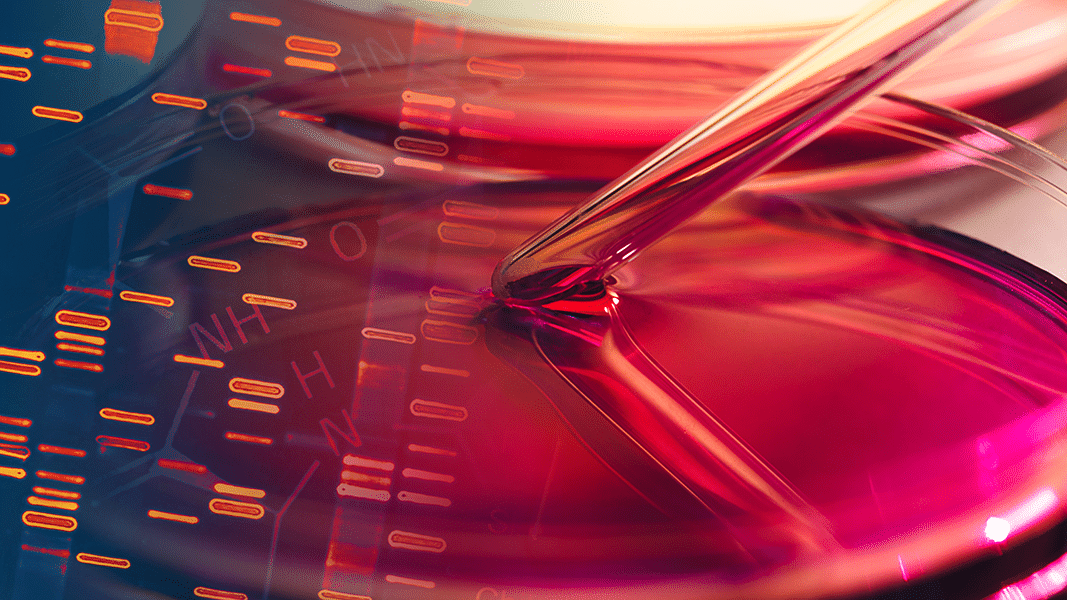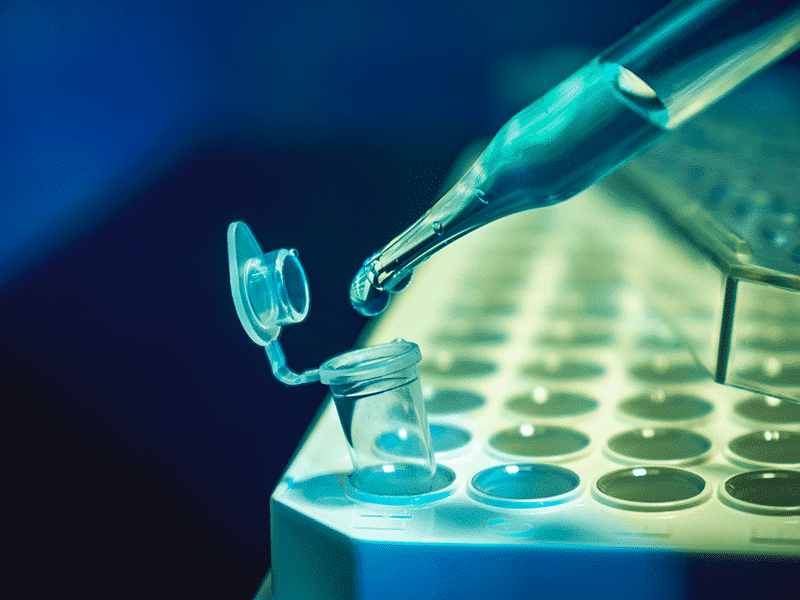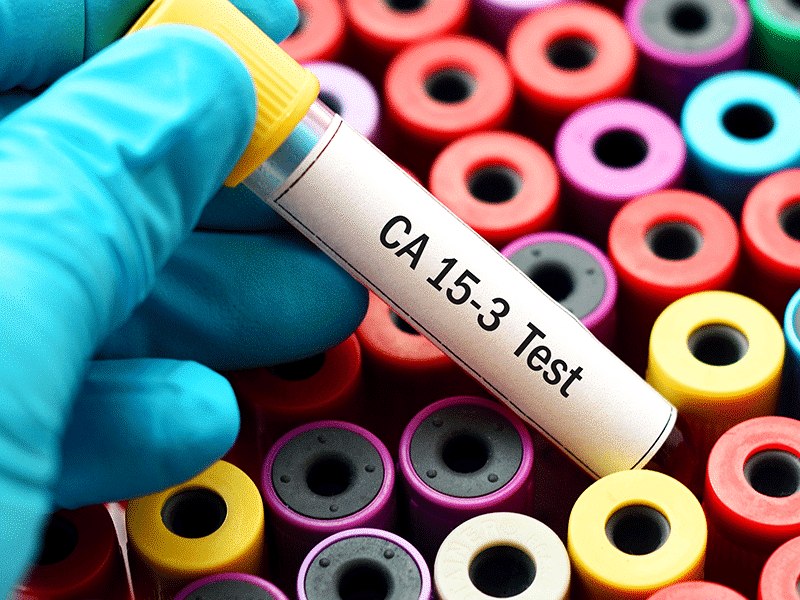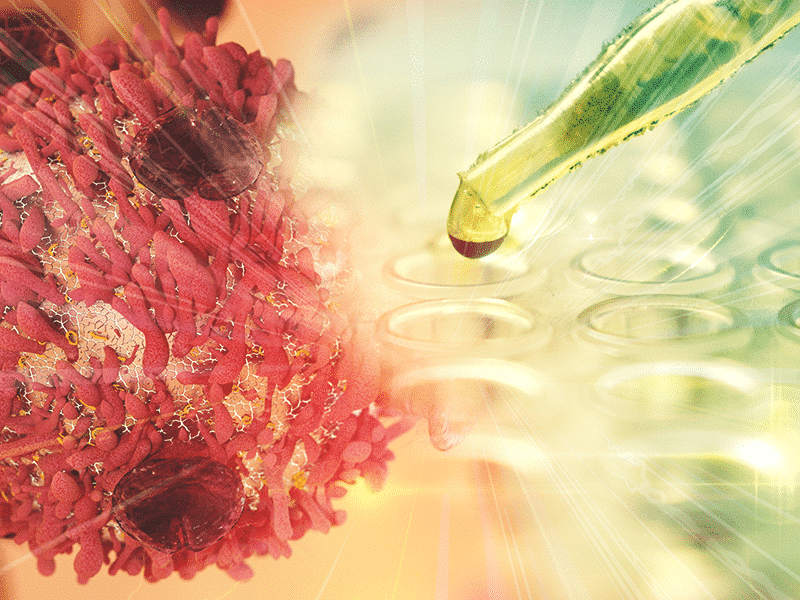Dr. Donald I. Abrams is an oncologist at San Francisco General Hospital, an integrative oncologist at the University of California–San Francisco (UCSF) Osher Center for Integrative Medicine, and a professor of clinical medicine at UCSF. He was also a member of the sixteen-person professionally diverse committee that produced the 486-page volume The Health Effects of Cannabis and Cannabinoids: The Current State of Evidence, a 2017 update on the topic from the National Academies of Sciences, Engineering and Medicine.
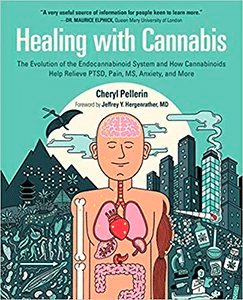
“I’ve been an oncologist in San Francisco for thirty-six years now, and I venture to say that most of the cancer patients I’ve taken care of have used cannabis,” Abrams said in a May 3, 2019, interview. “But there isn’t a day that goes by where I don’t see a cancer patient with loss of appetite, nausea, vomiting, insomnia, pain, depression, or anxiety, and if I have one medicine that can decrease nausea and vomiting, enhance appetite, decrease pain, and improve sleep and mood, I consider that to be a valuable intervention. Instead of writing prescriptions for five or six pharmaceuticals that all could interact with each other or the chemotherapy I prescribe, I can recommend one very safe botanical.”
When Abrams was a medical intern and resident in 1970s San Francisco, many people used cannabis, including young people with cancer. He started an oncology fellowship at UCSF in 1980, a time when cannabis was popular and there weren’t many effective anti-emetics (drugs that help nausea and vomiting).
“We had prochlorperazine, or Compazine, and Tigan [trimethobenzamine hydrochloride] … but they weren’t very good,” Abrams said, “and young people getting young-people cancers, such as Hodgkin’s disease or testicular cancer, told us, ‘You know what? Cannabis is an effective anti-nausea therapy, better than your prescription meds.’” Abrams thinks that’s what led the National Institutes of Health National Cancer Institute and several pharmaceutical companies to investigate synthetic delta-9 THC as a potential anti-nausea medication.
“A number of studies were conducted in the ’70s and ’80s that allowed both dronabinol [synthetic THC in a capsule] and nabilone [oral THC analogue] to be approved in 1985 for treatment of chemotherapy-induced nausea and vomiting. I’m not sure how much of that I used for patients in those days,” he added, “but in 1992 the FDA expanded the indication for use of dronabinol to treat anorexia associated with weight loss in patients with HIV.”
That’s when he first really started with dronabinol, Abrams explained, “because I became an AIDS doctor after my training to be a cancer specialist, and that’s when I started to really prescribe a lot of dronabinol. And patients said, ‘You can keep it. I prefer to smoke cannabis because [dronabinol] takes too long to kick in and when it does I get too zonked.’” Delta-9 THC in sesame oil [dronabinol marketed as Marinol] is a very different medicine from whole-plant cannabis, Abrams said. “That’s what I learned in my first clinical trial.”
Whole Plant Cannabis Versus THC
In the mid-1990s and still today, the National Institute on Drug Abuse is the only official source of cannabis for clinical trials. And NIDA has a congressional mandate to fund only studies investigating substances of abuse as substances of abuse and not as therapeutic agents, Abrams said.
“So they could never fund a study that I was trying to do — to show that cannabis benefitted patients with AIDS wasting — but they could fund a study to see if it was safe for HIV patients on protease inhibitors to inhale cannabis. So that study ultimately got funded.” It was his first NIH-funded cannabis study. A third of the patients took dronabinol, 2.5 mg three times a day, a third smoked a whole-plant NIDA cigarette, and a third took a dronabinol placebo.
“The patients were each in our General Clinical Research Center for twenty-five days, during twenty-one of which they took the dronabinol or smoked the cannabis. And it was very clear to me which patients were on dronabinol because they were in bed pretty much all day long, totally wiped out. Whereas the cannabis patients were up and dancing, cleaning their rooms, and very much more activated. So yeah,” Abrams said, “I think it’s definitely a different medicine.”
One thing that’s fairly dramatic in his experience with cancer patients, Abrams added, is that “a lot of cancer patients at the end of their lives are put on opiates by well-meaning oncologists who are trying to ease their pain and suffering, both physical and emotional. And the patients say, ‘This doesn’t allow me to communicate with my family because I’m way too stoned.’ So they wean off of opiates and just use cannabis, and they like that a lot better.”
Abrams said medical cannabis has been legal in California for twenty-three years and recreational for two years, but in the days when a medical recommendation was needed, Abrams would write a letter that patients would take to the dispensary, and that would allow them to obtain cannabis for a year.
“But I didn’t say take this strain, this much, this many times a day,” he said. “I don’t think cannabis is a medication that needs a package insert. Most people can probably figure out how to use it. Every patient is different, every strain is different — I think the best recommendation is ‘start low, go slow.’ That’s become quite a mantra.” And Abrams thinks the pharmaceuticalization of cannabis is wrong.
“I think we should regard it as a botanical therapy that’s been around for 5,000 years and has significant benefits,” the oncologist said. “But to try to say that it’s a medicine using a pharmaceutically dominated paradigm might not be correct. I think it should be treated like saw palmetto and echinacea but regulated like tobacco and alcohol, and let responsible adults use it as they see fit.”
Cannabis for Cancer Symptoms & Chemotherapy Side Effects
Dr. Dustin Sulak is an integrative osteopathic physician and medical cannabis expert whose clinical practice has focused on treating refractory conditions in adults and children since 2009. He is the founder of Integr8 Health, with offices in Maine, that follows more than 8,000 patients using medical cannabis and other integrative healing modalities. Sulak has published in the peer-reviewed literature, and lectures to health-care providers internationally on the clinical applications of cannabis. The following information is adapted, with permission, from Sulak’s educational website, Healer.com, which offers a range of programs about medical cannabis, as well as medical cannabis training and a certification program for physicians, other health professionals, and consumers.
When working with cancer patients, cannabis treatment efforts often take two distinct paths — using cannabis to reduce symptoms and improve treatment tolerability, or using cannabis, typically in high doses, to help kill the cancer. The goals aren’t mutually exclusive, according to Sulak, but each requires a different approach to dosing.
When used properly, cannabis can be a safe, effective treatment for cancer patients with chronic pain, insomnia, and chemotherapy-induced nausea and vomiting. Animal studies have shown that cannabinoids can prevent the development of neuropathic pain, a common chemotherapy side effect that can limit a patient’s chemo dose or course. Even after achieving cancer remission, many patients are left with debilitating neuropathic pain that can be permanent.
“Patients can often achieve significant improvements in quality of life with minimal side effects, using very low doses of cannabinoids in the range of 10 mg to 60 mg per day,” Sulak writes in his course materials: “A combination of THC, CBD, and other cannabinoids in various ratios can be used to fine-tune the benefits and minimize the side effects of cannabinoid treatment.”
Medical cannabis can help patients tolerate conventional cancer treatments like chemo and radiation, and can be used along with these treatments with a low likelihood of drug interaction. This means there is seldom a reason to avoid combining cannabis with conventional cancer treatments (with a few exceptions noted in the educational materials).
For patients with terminal cancer, cannabis offers many benefits in palliative care at the end of life. “It’s an incredibly useful addition to conventional treatments in hospice medicine,” says Sulak.
Cannabis to Fight Cancer & Promote Healing
Along with symptom relief and improved quality of life in cancer patients, cannabinoids also have shown anticancer effects in many cell and animal experimental models. And a large body of anecdotal evidence suggests that human cancers also respond to cannabinoid treatment, Sulak observes. Several patients have reported slowing or arresting tumor growth, and others have experienced full remission of aggressive cancers while using cannabis extracts.
To achieve these powerful anticancer effects, most patients need a higher dose than is needed for symptom relief — often 200 mg to 2,000 mg of cannabinoids a day, or the equivalent of one to two ounces of herbal cannabis a week. This treatment level may be cost effective if the cannabis is grown by a patient or caregiver outdoors, but purchasing this amount of medicine from a medical cannabis retailer could be expensive.
At these high doses, Sulak says, “a knowledgeable medical provider must monitor the treatment to prevent side effects and interactions with conventional cancer treatment. Patients must carefully titrate up to reach these high doses without significant adverse effects. Surprisingly, doses in the range of 2,000 mg/day can be well tolerated.”
Any medical treatment carries certain risks, he adds, but high-dose cannabis is nonlethal and much safer than conventional chemotherapy, though the effectiveness of high-dose cannabis for cancer hasn’t been studied in people. Some patients reaching very high doses report global improvement in symptoms and better quality of life. Others find that at ultrahigh doses the cannabis stops helping with symptoms like pain, anxiety, and sleep disturbance — benefits they easily achieved at lower doses. Still others fail to build tolerance to the adverse effects of high cannabis doses and find themselves stoned, groggy, and uncomfortable.
No Cookie-Cutter Solutions
Sulak says patients and students should beware of anyone who claims to have a cookie-cutter solution to cannabis dosing for cancer. The internet is full of ratios, doses, and other treatment plans for specific cancer types, but many of these claims are based on the success of a single patient or on partially relevant findings from the preclinical literature (cell and animal studies).
Cancer is incredibly complex, and “even the same type of cancer in two different individuals can respond very differently to standard or alternative treatments,” Sulak writes. “Because they’re abnormal cells, cancers do unusual things — like overexpress or fail to express cannabinoid receptors,” he adds. “Each individual’s inner physiologic environment, genetics, diet, and other factors produce a unique case. Good results from one case or one study can’t be broadly applied — at best they can be used as guides. A cancer treatment plan also must take into account an individual’s goals and personal preferences.”
Cannabinoids fight cancer through different mechanisms of action, including triggering cell death, preventing cell growth and division, preventing the growth of blood vessels that feed tumors, and preventing cancer cells from migrating to other areas of the body. Sulak notes that most individual accounts of success using cannabis to kill cancer involve high doses, but several patient accounts describe profound reductions in cancer burden while taking low-to-moderate doses.
“Unlike conventional chemotherapy treatments,” he writes, “we know that cannabinoids are nontoxic to normal cells. In conventional chemotherapy, the strategy is usually to use a drug that’s more toxic to cancer cells than it is to healthy cells, and to give the patient as much as he or she can tolerate. Intolerable side effects, like peripheral neuropathy or malnutrition from nausea and vomiting, often are the limiting factors in treatment.
“Cannabis dosing may be limited by side effects,” Sulak asserts, “but not by toxicity that will lead to long-term limitations.”
Excerpted from Healing with Cannabis: The Evolution of the Endocannabinoid System and How Cannabinoids Help Relieve PTSD, Pain, MS, Anxiety, and More by Cheryl Pellerin (Skyhorse Publishing, 2020). May not be reprinted without permission from the source.
Recommended Readings
Using Cannabis to Treat Cancer
Medical science pioneer Manuel Guzman on prospects for an approved cannabis anticancer drug.
THC vs. Breast Cancer
A comparison of the antitumoral activity of single-molecule THC and whole plant cannabis oil.
Combining CBD with Cancer Treatment
A review of 10 studies that shed light on how CBD might interact with cancer treatments.

